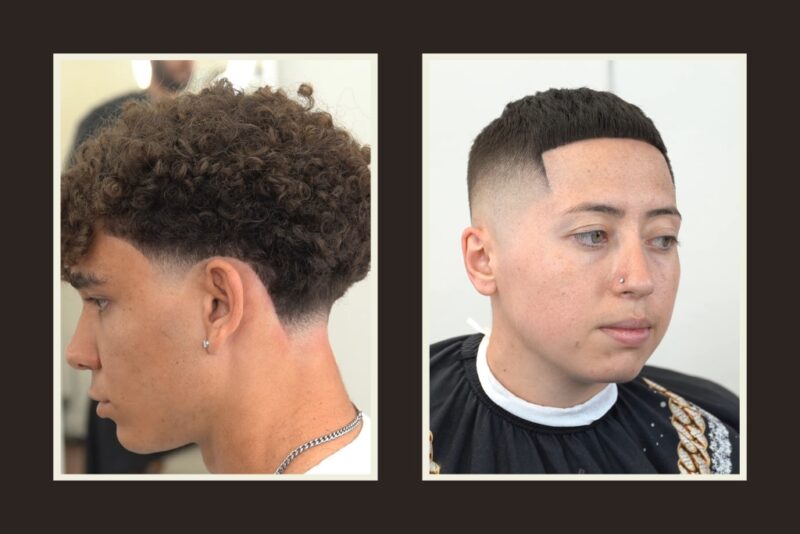Ever wondered what sets apart a taper haircut from a fade? While both styles are super popular for their sleek and versatile looks, they’re actually quite different. If you’re struggling to tell them apart, don’t worry – you’re not alone. Let’s break down these two trendy haircuts to clear up any confusion.
Taper and fade cuts both involve gradually shortening the hair as you go down the head. It’s all about that smooth transition from long to short hair, whether it’s done with clippers or scissors. But don’t be fooled – the way these cuts are done, and the final looks they create, are pretty distinct.
Taper Haircut
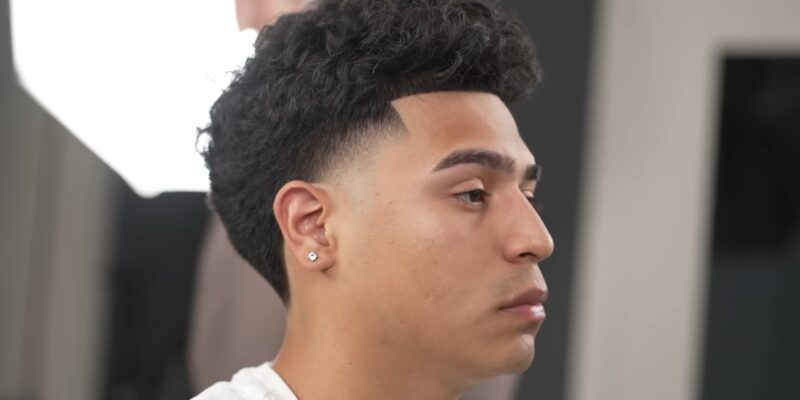
A taper haircut maintains some length on the sides and back of the head. The hair is gradually shortened as it goes down the side of the head, but it doesn’t go down to a very short length as compared to a fade. In a taper cut, the hair is typically longer than a #2 clipper length at its shortest point.
The transition in a taper haircut is more subtle and often blends into the skin less noticeably than a fade.
The Fade
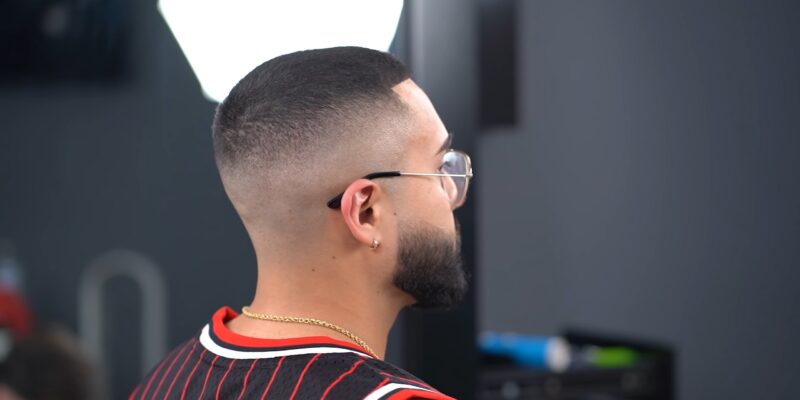
A fade haircut typically involves cutting the hair much shorter than a taper. The hair length in a fade haircut can go down to a bare skin level, known as a bald fade or skin fade. The fade usually starts very short at the bottom and gradually increases in length as it goes up the head.
The key characteristic of a fade is the dramatic, clean transition between different hair lengths.
Variations and Styles
Both taper and fade haircuts have various styles and variations, which can often lead to confusion.
1. Taper Variations:
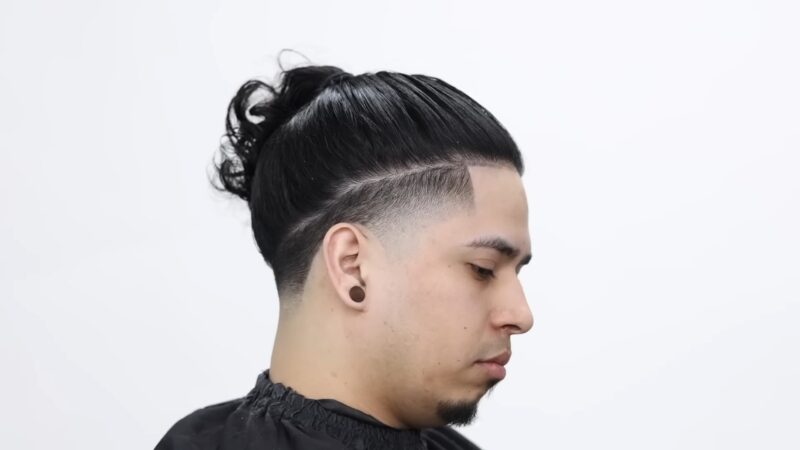
- Classic Taper: A traditional style where the hair is longer at the top and gradually becomes shorter at the sides and back.
- Side Part Taper: Includes a defined side part with a more pronounced taper on the sides.
- Long Hair Taper: Ideal for those who want to keep length on the top while having tapered sides and back.
2. Fade Variations:
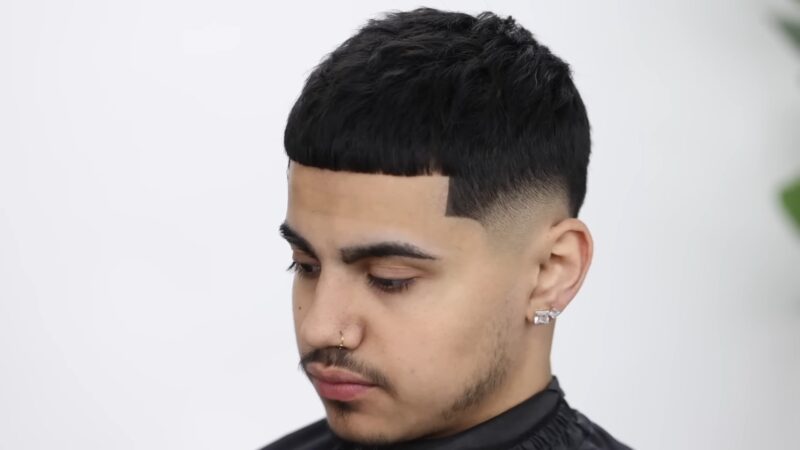
- Low Fade: Begins just above the ear and is subtle.
- Mid Fade: Starts at the level of the temples.
- High Fade: Begins high on the sides and back of the head.
- Bald/Skin Fade: Goes down to the skin, offering a very sharp contrast.
Technique and Skill
The technique involved in creating a taper or a fade is crucial to the final look.
1. Taper Technique:
In a taper haircut, the stylist uses clippers with various guard sizes to create a gradual transition. The technique involves blending different lengths seamlessly, ensuring that there is no distinct line between hair lengths. Scissor over comb technique is also often used to refine the taper.
2. Fade Technique:
Fading requires a high level of skill and precision. The barber will use a combination of clipper sizes, often starting with the shortest length at the bottom and gradually blending into longer lengths. The key is to create a smooth gradient without any visible lines or steps in the hair length.
Suitability and Personal Style
Choosing between a taper and a fade often comes down to personal style and suitability.
- Taper Haircut Suitability: Tapers are versatile and less aggressive than fades. They are suitable for professional environments and work well with both short and longer hair lengths on top. Tapers are also a good choice for those trying this style for the first time.
- Fade Haircut Suitability: Fades are more modern and edgy. They work best with shorter hair on top but can also be paired with longer styles for a bold contrast. Fades suit those who prefer a sharper, more defined look and are comfortable with regular maintenance.
Maintenance & Upkeep
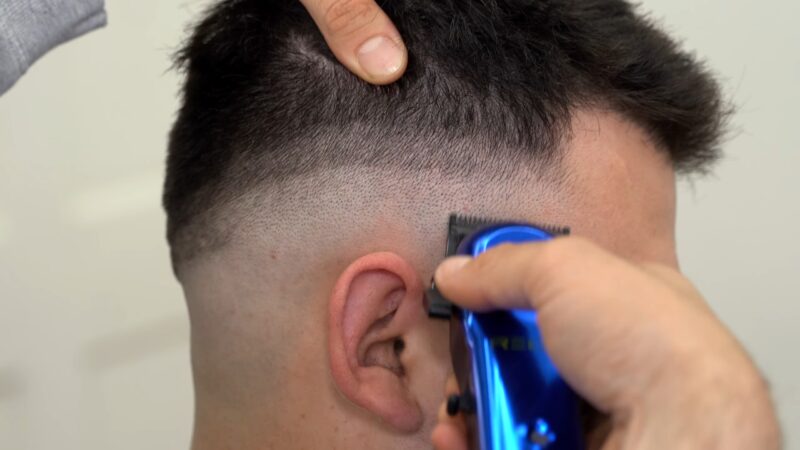
Both taper and fade haircuts require regular maintenance to keep their shape. Fades, in particular, may need more frequent visits to the barber due to their short length and the precision required to maintain the style.
| Tip | Taper Haircut | Fade Haircut |
|---|---|---|
| Regular Trimming | Trim every 4-6 weeks to maintain shape. | Trim every 2-3 weeks to maintain the fade. |
| Wash and Condition | Keep hair clean and conditioned for a neat look. | Use moisturizing products to keep scalp healthy. |
| Use the Right Products | Light styling products for a natural hold. | Stronger hold products to tame shorter hair. |
| Comb Regularly | Daily combing to maintain style and direction. | Smooth sides with a brush for a crisp look. |
| Touch-Ups | Occasional touch-ups for sideburns and neckline. | Regular touch-ups for sharp and precise edges. |
| Protect Your Hair | Wear a cap in harsh weather to protect the hairstyle. | Use a satin pillowcase to reduce friction on shorter hair. |
| Consult Your Barber | Regular consultations to tweak and maintain the style. | Frequent consultations for adjustments and clean lines. |
FAQs
Can Taper and Fade Haircuts Work with Different Hair Textures?
Absolutely! Both taper and fade haircuts are versatile and can be tailored to suit various hair textures. For curly or coarser hair, fades can be an excellent way to manage the hair, especially at shorter lengths. Tapers are great for adding structure without removing too much hair. However, it’s essential to find a barber skilled in working with your specific hair type to get the best results.
How Often Should I Get a Touch-Up for a Fade Haircut?
Fades typically require more frequent touch-ups due to their shorter length and precise nature. Generally, a touch-up every 2-3 weeks is recommended to maintain the sharpness of the fade. However, this can vary based on how quickly your hair grows and how crisp you want the fade to remain.
Is There a Specific Age Group That Prefers Taper or Fade Haircuts?
Taper and fade haircuts are not limited by age; they are chosen based on personal style and preference. Younger individuals might gravitate towards fades for a more modern, edgy look, while tapers can be preferred for a more classic, understated style. However, these are general trends, and there’s no hard rule about who can wear which style.
Can I Combine a Fade with Long Hair on Top?
Yes, combining a fade with long hair on top is a popular style choice. This contrast between the very short sides and longer top can create a striking, fashionable look. It’s a versatile approach that allows for a variety of styling options on the top, from slicked back to more textured, messy styles.
What Should I Tell My Barber to Ensure I Get the Right Style Between a Taper and a Fade?
Communication is key. It’s helpful to bring in pictures of the style you want. Clearly specify how short you want to go on the sides and back, and describe the overall look you’re aiming for. For a fade, indicate whether you want a low, mid, or high fade. For a taper, discuss how gradual you want the taper to be. A good barber will also provide suggestions based on your face shape and hair type.
Are Taper and Fade Haircuts Suitable for Professional Settings?
Both taper and fade haircuts can be styled to suit professional environments. A classic taper is inherently more subtle and thus easily fits into a professional setting. Fades can also be appropriate, especially if they are not too extreme (like a low fade). The key is to maintain a neat and tidy appearance, regardless of the haircut style.
Final Words
Understanding the differences between taper and fade haircuts is crucial in making an informed decision that aligns with your personal style and maintenance preferences. Both styles offer a range of variations and can be tailored to suit different face shapes and hair types.
The key lies in finding a skilled barber who can accurately translate your vision into a haircut that not only looks great but also feels right for you. By keeping these distinctions and considerations in mind, you can confidently choose between a taper and a fade haircut, ensuring a stylish and appropriate look for any occasion.
